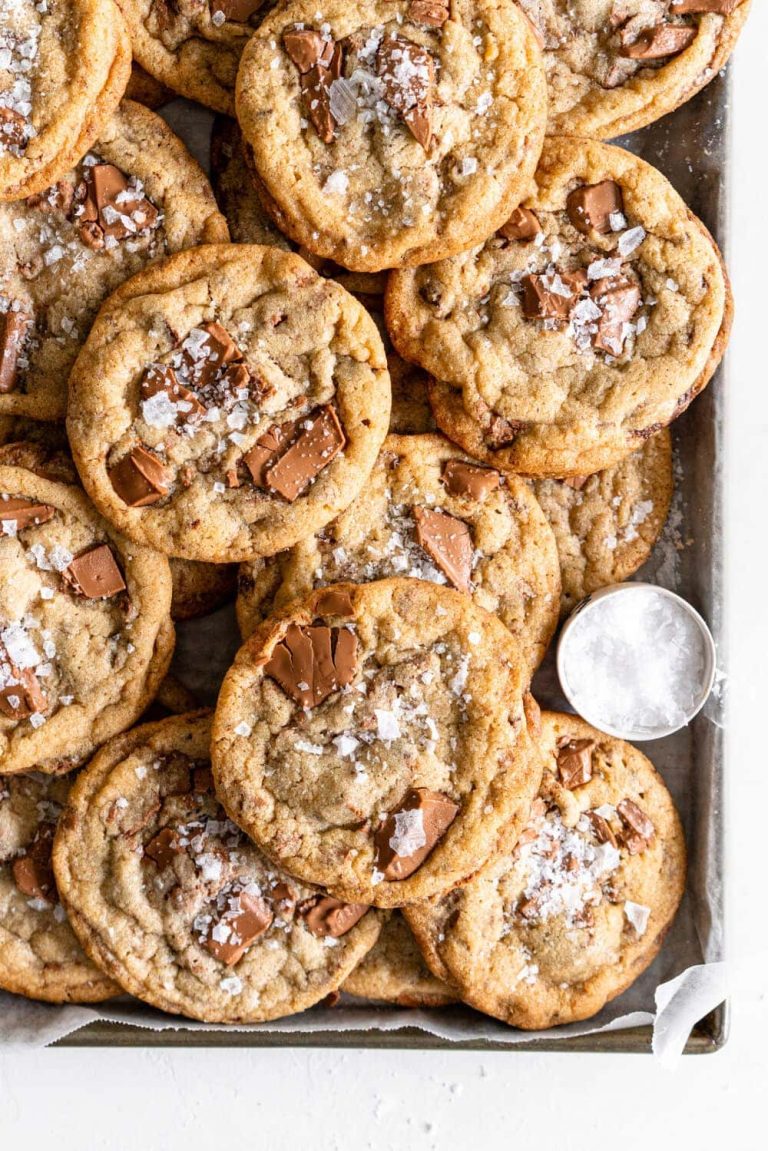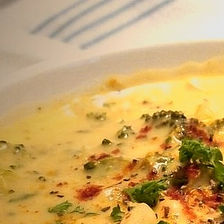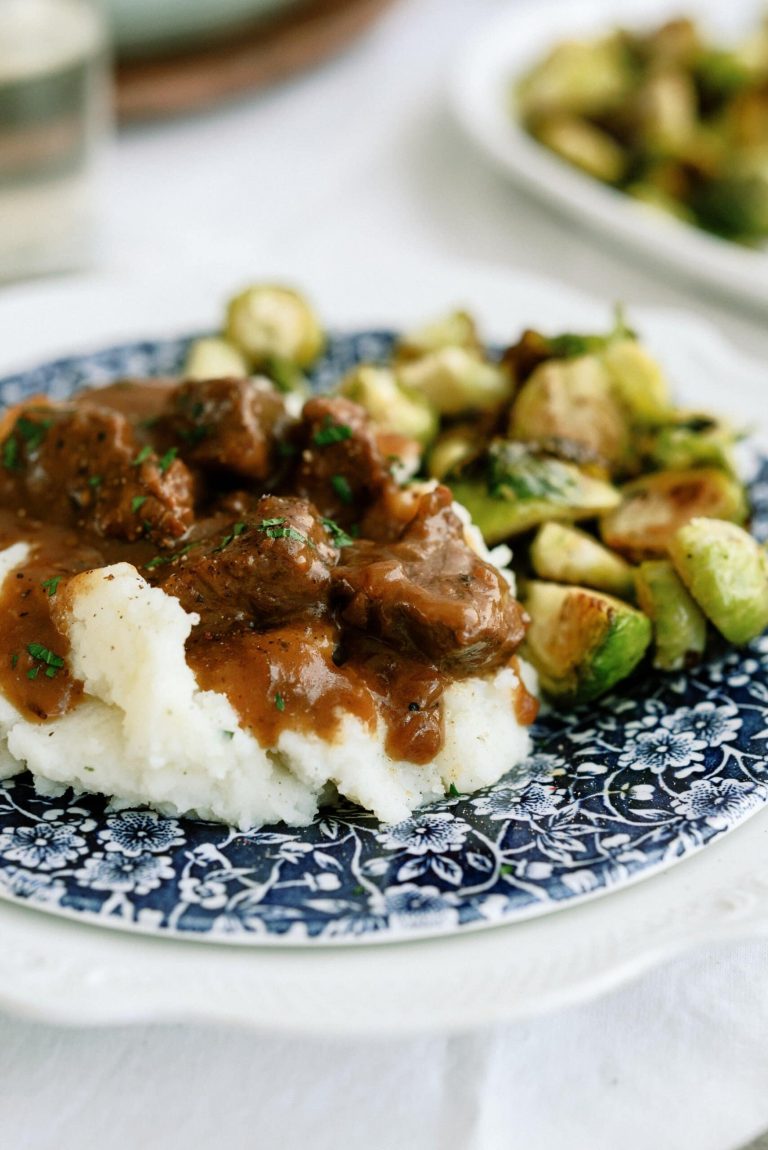Coconut Pie Recipes: Classic, Toasted & Tips for Perfect Crusts
Coconut pie traces its roots to tropical regions where coconuts are abundant. Early recipes appeared in Caribbean islands, blending native ingredients with European baking techniques. Coconuts, prized for their versatility, were used in various dishes, including desserts. As explorers and traders introduced coconuts to new areas, the pie evolved. It became particularly popular in the southern United States, where culinary traditions embraced exotic influences.
Regional Variations
Different regions have their unique takes on coconut pie, each adding a local twist. In the southern US, for example, variations like coconut custard pie combine rich filling with a custard base. Meanwhile, the Caribbean version often incorporates rum and spices, offering a more tropical flavor profile. Some recipes in Southeast Asia include pandan leaves, providing a fragrant and colorful addition. Each variation reflects the local flavors and ingredients, celebrating the versatility of coconut in pie form.
Key Ingredients in a Classic Coconut Pie
The Role of Coconut
Coconut takes center stage in a coconut pie, contributing both texture and flavor. Use shredded coconut for a chewy texture or coconut milk for a creamy consistency. You can combine the two for a more enriched filling. Shredded coconut, often sweetened, provides a natural sweetness and subtle crunch. Coconut milk offers a silky smoothness that melds perfectly with other ingredients. If you’re seeking a more intense flavor, coconut extract enhances the overall taste without altering the texture.
Crust Varieties
Choose from various crust options to complement the coconut filling. A traditional pie crust made from all-purpose flour, butter, and water delivers a flaky, buttery base. Use a graham cracker crust if you prefer a sweeter, crunchier texture. For a nutty alternative, incorporate crushed macadamia nuts into a standard crust recipe. Each crust variety brings a unique dimension to the dessert, enhancing the coconut’s tropical appeal. Mixing and matching these options allows you to customize the pie to your taste preferences.
Popular Coconut Pie Recipes
Classic Coconut Cream Pie
Classic Coconut Cream Pie combines a creamy, rich filling with flaky crust, blending textures perfectly. Combine coconut milk, shredded coconut, sugar, and eggs to create the custard base. Cook the mixture over medium heat until it thickens, then pour it into a pre-baked pie crust. Chill the pie in the refrigerator for at least 2 hours before serving. Top with whipped cream and toasted coconut flakes for added appeal.
Toasted Coconut Pie
Toasted Coconut Pie brings a nutty twist to the traditional recipe. Start by toasting shredded coconut in the oven at 350°F until golden brown. Mix the toasted coconut with eggs, sugar, corn syrup, and vanilla extract, then pour into a pre-baked graham cracker crust. Bake at 350°F for 45 minutes or until the filling sets. Let it cool before slicing, ensuring the flavors meld perfectly. Add a dollop of whipped cream and garnish with extra toasted coconut for the ultimate experience.
Baking Tips for the Perfect Coconut Pie
Handling the Filling
Mixing the filling correctly ensures a creamy texture for your coconut pie. Start by combining coconut milk and sugar. Whisk them until the sugar completely dissolves. Slowly add eggs while continuously whisking to avoid curdling. Adding shredded coconut last gives the filling its signature texture. If you want a firmer filling, incorporate cornstarch or flour. Heat the mixture on medium until it begins to thicken, then pour it into the prepared crust.
Achieving the Perfect Crust
Crafting the perfect crust balances between a flaky texture and structural integrity. For a flaky crust, use cold butter or shortening and mix it with flour until it resembles coarse crumbs. Incorporate cold water slowly to bring the dough together. Roll it out evenly and transfer it carefully into your pie pan. If using a graham cracker crust, mix graham cracker crumbs with melted butter and sugar, then press it firmly into the pan. Pre-bake the crust at 350°F (175°C) for 10 minutes before adding the filling to ensure it stays crisp.
Health and Nutrition Facts
Calories and Nutritional Content
A typical serving of coconut pie contains approximately 350-400 calories. Key contributors to these calories include the crust, which is often made with butter and flour, and the filling, composed of coconut milk, shredded coconut, sugar, and eggs.
Nutritional Breakdown (per serving):
- Total Fat: 20-25 grams (primarily from coconut milk and butter)
- Saturated Fat: 15-20 grams (high due to coconut)
- Carbohydrates: 40-45 grams (including sugars from sweetened coconut and added sugar)
- Protein: 5-6 grams (eggs and coconut provide this)
- Fiber: 3-4 grams (mainly from shredded coconut)
Additionally, coconut provides essential minerals like manganese, which supports metabolism and bone health.
Dietary Considerations
For those with dietary restrictions, there are several ways to adapt coconut pie recipes. If you’re lactose intolerant, opt for dairy-free alternatives like coconut milk instead of regular milk or cream. For gluten-free diets, use a gluten-free crust or substitute flour with almond or coconut flour.
Vegans can replace eggs with flaxseed or chia seed mixtures and use agar-agar in place of gelatin for a similar texture. When concerned about sugar intake, choose natural sweeteners like agave syrup or stevia.
Those watching saturated fat should use a lighter crust and reduce the amount of coconut milk, incorporating lower-fat alternatives. This can help maintain the pie’s flavor while aligning it with dietary goals.
Conclusion
Coconut pie is more than just a delicious dessert; it’s a culinary journey through diverse cultures and rich traditions. Whether you’re a seasoned baker or a beginner, creating a coconut pie is both rewarding and straightforward. With various recipes and crust options, you can tailor this treat to fit your preferences and dietary needs. By following the baking tips provided, you’ll achieve a perfect balance of creamy filling and flaky crust every time. Enjoy the delightful flavors and nutritional benefits that coconut pie brings to your table.






